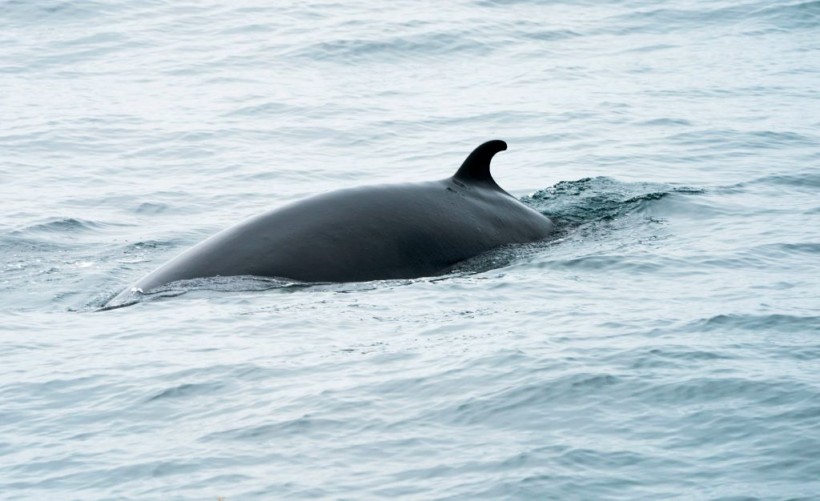For the first time, researchers have recently succeeded in passively listening to whales, effectively eavesdropping on them, using underwater fiber optic cables.
Whales, as specified in a Revyuh report, are huge, although their home is even bigger-the world's oceans.
Eavesdropping on whales in high Arctichttps://t.co/h3EqJQZyNX
— Mirage News (@MirageNewsCom) July 5, 2022
Researchers examine these animals' location through the use of various methods like satellite tracking, aerial surveys, sightings, as well as placement of individual hydrophones tp
The location of these animals is studied by researchers using various methods, such as satellite tracking, aerial surveys, sightings, and the placement of individual hydrophones to listen for their sounds.
But now, for the first time, researchers have succeeded in passively listening to whales - essentially, eavesdropping on them - using underwater fiber optic cables.
ALSO READ: Fin Whale Songs, Could It Reveal Secrets Beneath the Ocean Floor?

The study was carried out in the Svalbard archipelago, an area known as Isfjorden, where baleen whales, like blue whales, among others, are known to forage during the summer.
Distributed Acoustic Sensing
The new approach, called DAS, or Distributed Acoustic Sensing, described in an OFS Optics report, utilizes an instrument known as the "interrogator" to tap into a fiber optic system, becoming unused, extra fibers in the cable into the hydrophones' long virtual array.
The study was carried out in the Svalbard archipelago, an area known as Isfjorden, where baleen whales, like blue whales, among others, are known to forage during the summer.
Lea Bouffault, the first author of the study published in Frontiers in Marine Sciences, thinks this can change the field of marine bioacoustics.
Bouffault was a postdoc at NTNU, the Norwegian University of Science and Technology, when she worked on this paper and is currently at the K. Lisa Yang Center for Conservation Biocaustics at Cornell University, where she continues to expand this work.
Hydrophones Deployed
Bouffault also said that what's good with this system is that, it could enable researchers to take advantage of existing global networks.
She added, that deploying hydrophones is very costly. However, fiber optic cables are all over the world, not to mention accessible.
She continued this could be much like how the Earth's satellite imagery coverage has allowed researchers from many fields to carry out different types of studies of the Earth. She elaborated that the system could turn like satellites in the ocean.
Bouffault explained that other types of whale monitoring that depend on sound frequently only offer one or a few points of location information from a hydrophone, detailed in the National Oceanic and Atmospheric Administration's National Ocean Service.
Detecting Whale Vocalization
On the contrary, DAS allows scientists to detect whale vocalizations and uses their fiber network to find where the whales are in both time and space, with an exceptional spatial resolution.
With this system, called a hydrophone array, there is a chance of covering a much larger area for monitoring.
And since the sounds are received at multiple angles, one can even say where the animal was and the animal's position, which is a great advantage.
More so, if one is to take this even further, which still necessitates some additional work, this could occur in real-time, which would be a game-changer for the whales' acoustic monitoring, explained Bouffault's colleague Hannah Joy Kriesell, one of the co-authors of the paper.
Related information about eavesdropping on whales is shown on Conservation International's YouTube video below:
RELATED ARTICLE: 25% Drop in Whale Entanglement Reported From Previous Year; Agency Warns Marine Mammals Remain a 'Critical Threat'
Check out more news and information on Whales in Science Times.














